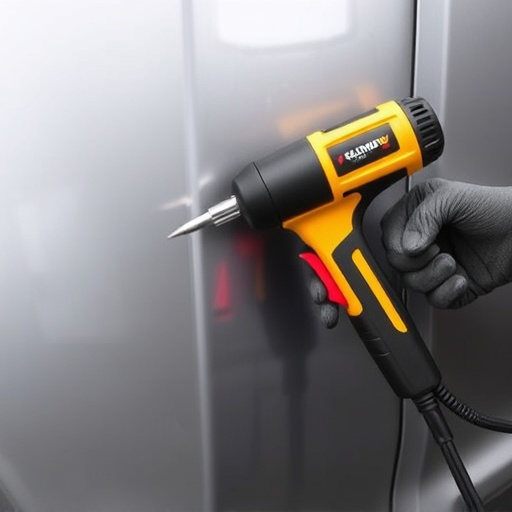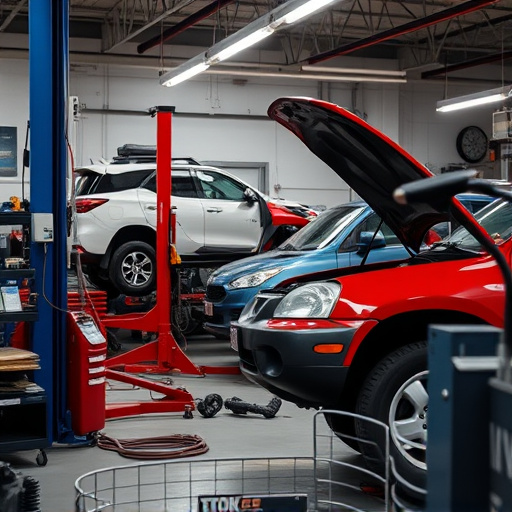An insurance estimate review involves carefully examining an insurance claim's details to ensure accuracy and prevent overcharging for repairs like auto glass or body work. By understanding estimates versus actuals, policyholders can negotiate, verify costs against industry standards, and receive fair compensation while ensuring claims are settled promptly and equitably.
Insurance estimate review is a powerful tool to ensure you receive fair compensation for your claim. In this guide, we’ll help you navigate the process by first understanding your insurance estimate and then comparing it against actual costs. We’ll delve into strategies for accurate claim settlement, empowering you to make informed decisions and advocate for your interests throughout the claims process. By applying these insights, you can confidently manage your claim and achieve a positive outcome.
- Understanding Your Insurance Estimate
- Comparing Actuals vs. Estimates
- Strategies for Accurate Claim Settlement
Understanding Your Insurance Estimate

When you receive an insurance estimate for your claim, it’s crucial to understand what each figure entails before agreeing to any repairs. An insurance estimate review involves meticulously going through every detail, ensuring accuracy and comprehending the proposed solutions. This process is especially vital when dealing with extensive damage, such as collision damage repair or auto body repairs, where costs can quickly escalate.
By critically examining the document, you can identify potential discrepancies or excessive charges for services like auto glass replacement. It empowers you to make informed decisions, negotiate if necessary, and ensure that only authorized and necessary repairs are carried out, keeping your expenses in check during the claims process.
Comparing Actuals vs. Estimates

When it comes to insurance estimate review, understanding the difference between actuals and estimates is crucial. An insurance estimate serves as a prediction of the costs associated with repairing or replacing damaged property, in this case, your vehicle. It’s an essential document provided by auto body shops or repair services after assessing the damage. On the other hand, actuals refer to the real expenses incurred during the repair process. This comparison is vital as it allows policyholders to verify if their insurance coverage aligns with the work performed and ensures they receive accurate reimbursement for legitimate claims.
By closely examining the estimates versus actuals, individuals can identify any discrepancies or overcharges. For instance, a luxury vehicle owner might find that certain repairs were not needed or that the cost of auto repair services exceeded what was quoted initially. This process empowers policyholders to communicate effectively with their insurance providers, enabling better negotiations and ensuring they receive fair compensation for their auto body shop expenses.
Strategies for Accurate Claim Settlement

When it comes to settling claims, an insurance estimate review is a powerful tool that can significantly impact the outcome. The goal is to ensure accuracy and fairness in claim settlements. One effective strategy is to thoroughly understand the scope of work involved in repairs, such as car paint repair or automotive collision repair. By meticulously reviewing the estimated costs for each repair step, you can identify any potential discrepancies or overestimations. This process requires a keen eye for detail and knowledge of current market rates for services like auto glass replacement.
Additionally, cross-referencing the insurance estimate with independent repair shop quotes can provide valuable insights. It helps to verify that the estimated costs align with industry standards and that no unnecessary repairs are suggested. An insurance estimate review should be a collaborative effort between the insured, insurance provider, and trusted repair professionals to ensure claims are settled promptly and equitably, leaving both parties satisfied.
Applying an in-depth insurance estimate review to your claim can significantly enhance the accuracy and speed of settlement. By understanding your policy, comparing actual costs against estimates, and employing strategies for precise documentation, you empower yourself to navigate the claims process effectively. This approach ensures a fair outcome and minimizes delays, ultimately saving time and effort. Incorporate these practices into your strategy for a smoother, more successful claim resolution.














